Practical Home Modifications for seniors
Simple home modifications that you can make for a more liveable home
Embracing independent living in one’s golden years requires careful planning. One part of this is to make modifications to your home for elderly needs. Ensuring the home environment is safe, accessible, and supportive of your daily activities can dramatically enhance your quality of life and reduce the risk of injury. This guide explores key steps towards achieving this goal, from decluttering and enhancing accessibility to optimising lighting and adjusting furniture.
Key Takeaways – simple home modifications for the elderly
Stay Clutter-Free
Prioritise Accessibility
Light Matters
Manage Cords
Focus on Bathroom Safety
Adapt to Your Needs
Consider Arthritis-Friendly Features
As we grow older we need to make some practical adjustments to our home to make it more liveable. In this page we talk about some simple home modification for the elderly that can make a real difference. Below we list a number of things that we recommend that you focus on. Please note that if you need more help in adapting your home there is a career that have some training in this called Occupational Therapist. These professionals are adept at assessing homes and tailoring them for independent living. An Occupational Therapist can perform a comprehensive walkthrough of your house, pointing out potential hazards and suggesting suitable modifications. Their expert advice is on enhancing your activities of daily living, thus helping you remain autonomous and safe within your own space.
Declutter Your Living Space
Decluttering and organising your home is so useful. Not only does clutter pose a fall risk, but it can also harbour dust mites which can exacerbate respiratory issues. Maintaining clear, obstacle-free pathways, especially for those using mobility aids, can dramatically reduce the risk of accidents. An organised space also has the added advantage of mental clarity and comfort.

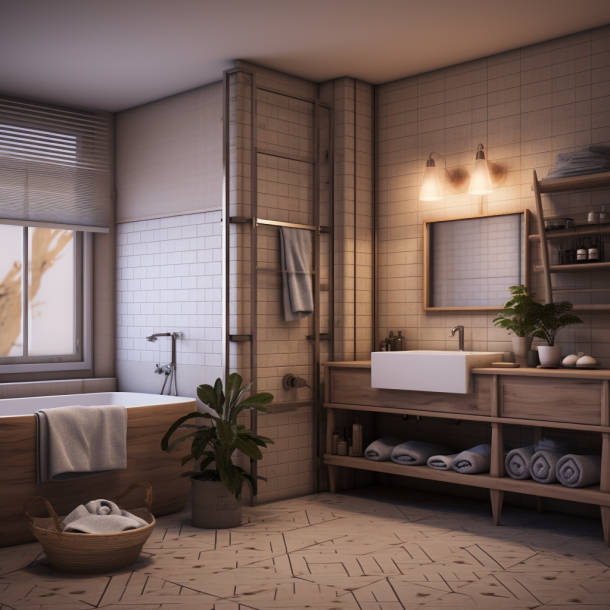
Prioritise Accessibility
You need to make sure your home is accessible for the elderly. A key principle of independent living is accessibility. Your home should accommodate your mobility requirements with ease. Installing ramps over stairs, adding handrails on both sides of corridors and widening doorways can promote freedom of movement. Lever door handles and automatic door openers can further improve accessibility, especially for those with limited hand strength or dexterity.
Enhance Lighting
Adequate lighting is another essential aspect of a safe and functional home for seniors. More than just brightening your living space, it enhances visibility and significantly reduces the risk of stumbling over unseen obstacles. Strategically placed night lights in hallways, bathrooms, and bedrooms can guide your path during after-dark movements.
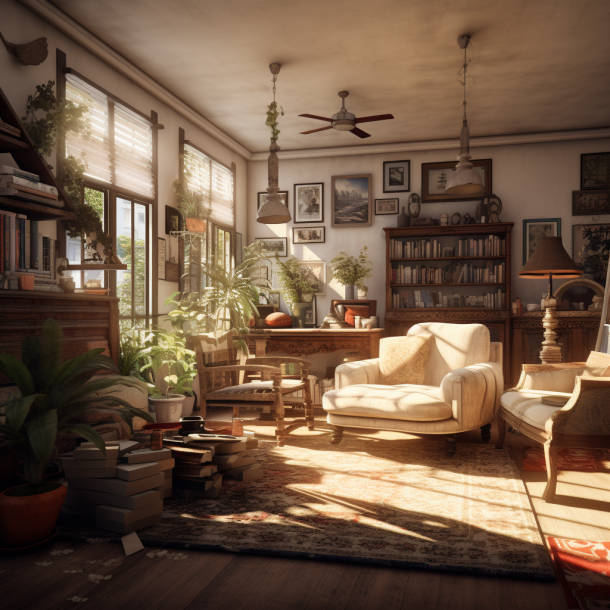

Eliminate Cord Hazards
Cords and cables lying around are major tripping hazards. To prevent accidents, opt for cord concealers that secure the wires along the edge of walls, or even better, switch to cord-less devices when possible. This simple precaution can go a long way in preventing mishaps.
Bathroom Safety
The bathroom can be one of the most risky rooms in the house, particularly for seniors. Walk-in showers eliminate the need for stepping over tub edges, reducing the risk of falls. Raised toilet seats that require less bending can prevent sudden falls, especially when coupled with nearby handrails for additional support. Non-slip mats in the shower and around the sink are essential for maintaining a firm grip, even on wet surfaces. Bathroom modifications for the elderly is one of the key things that need to be looked into.
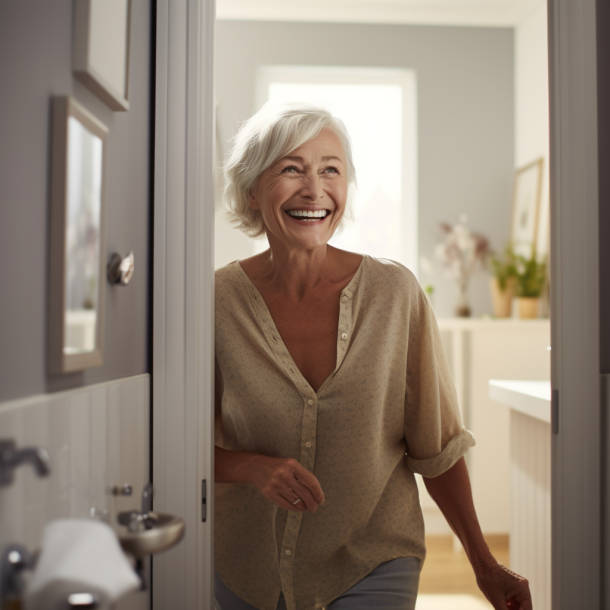
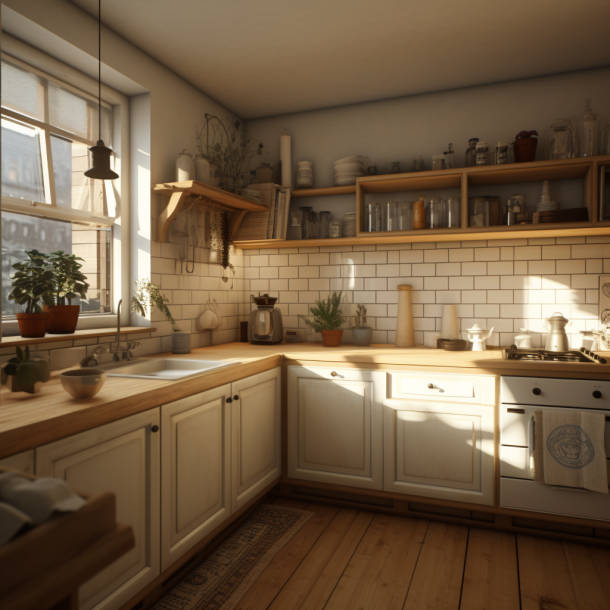
Countertop and Cabinet Adaptations
As mobility changes, simple tasks like reaching the countertop or retrieving items from shelves can become challenging. Adapting your kitchen and other areas with multi-level countertop heights can accommodate different ranges of movement. Installing pull-out shelves and drawers allows easier access to stored items, promoting independence in daily tasks.
Consider Floor and Furniture Adjustments
Floor coverings and furniture can both contribute to tripping hazards. Rugs, particularly, should be avoided. Choose furniture that’s easy to use, with a focus on sturdy and supportive design. Chairs with armrests and high-backed sofas can provide additional support and stability.
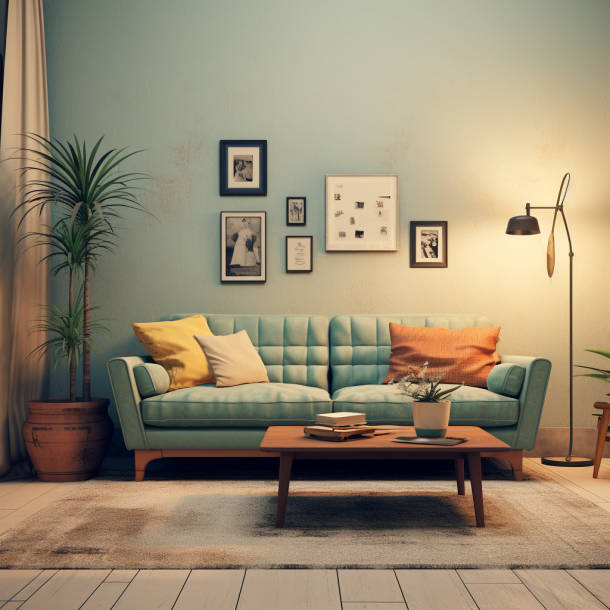
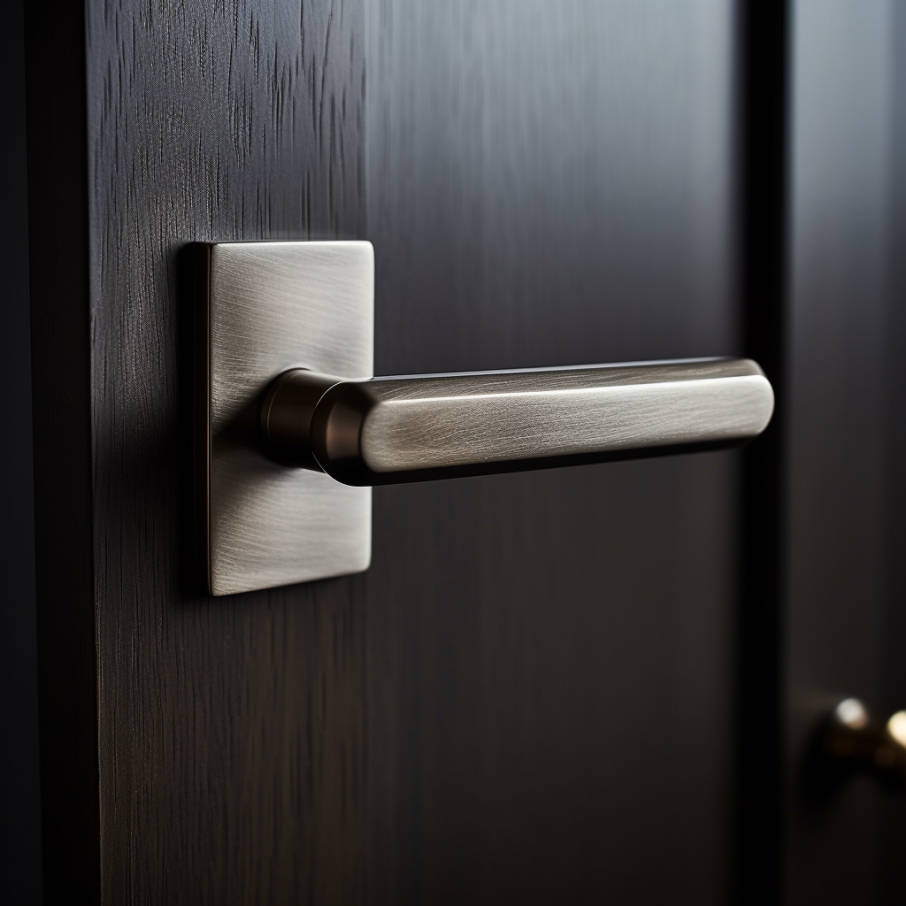
Incorporate Arthritis-Friendly Features
Arthritis often results in pain and discomfort, making the use of everyday items challenging. Large, padded, or contoured handles can reduce the strain on your hands and improve grip strength. Consider twist-free faucets, lever door handles, and other modified gadgets to aid those with arthritis.
Ensuring independent living requires a proactive approach towards hazard identification and home modification. But with careful planning and informed choices, it’s entirely possible to create a home environment that supports your safety, independence, and overall well-being.
